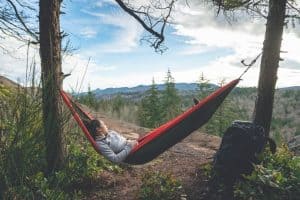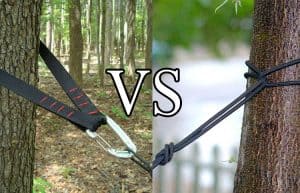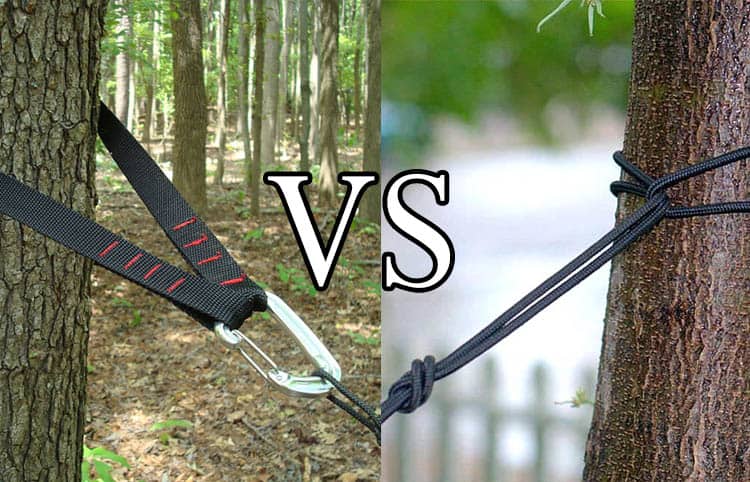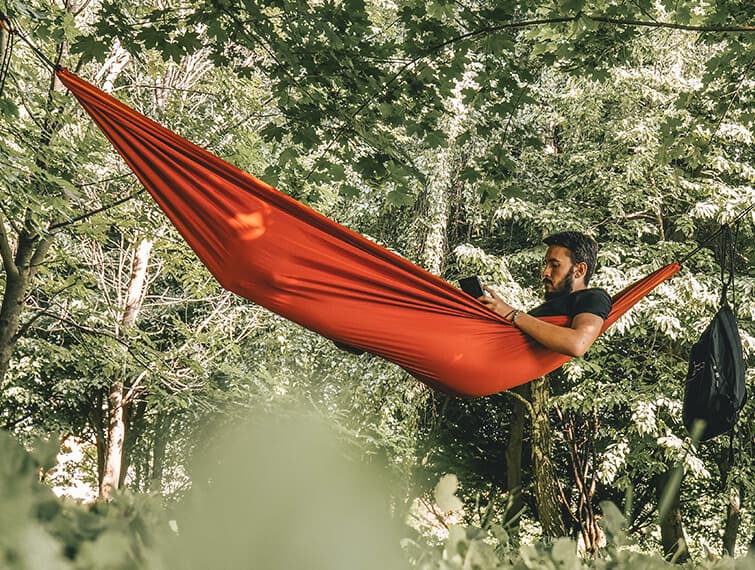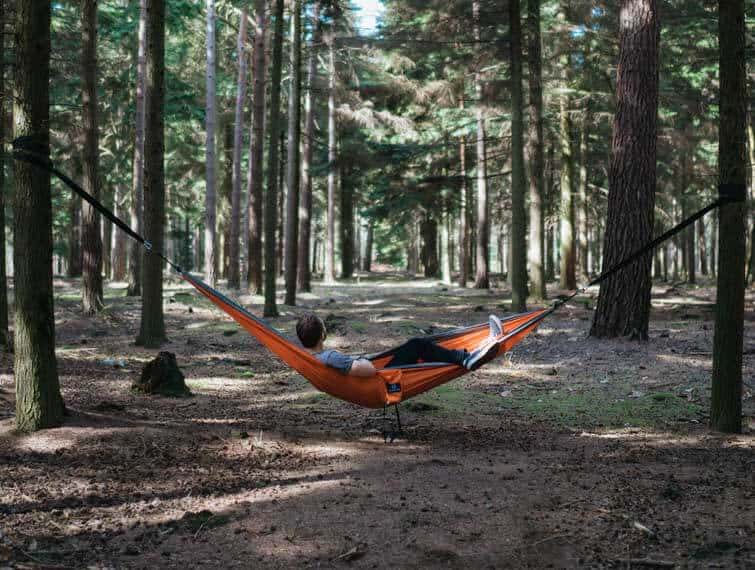Hammocks have become increasingly popular in recent years, and people often wonder if they are allowed in national parks. The answer is that it depends on the park. Some parks allow hammocks as long as they are used with certain guidelines, while others do not allow them at all. Continue reading below to learn more about it.
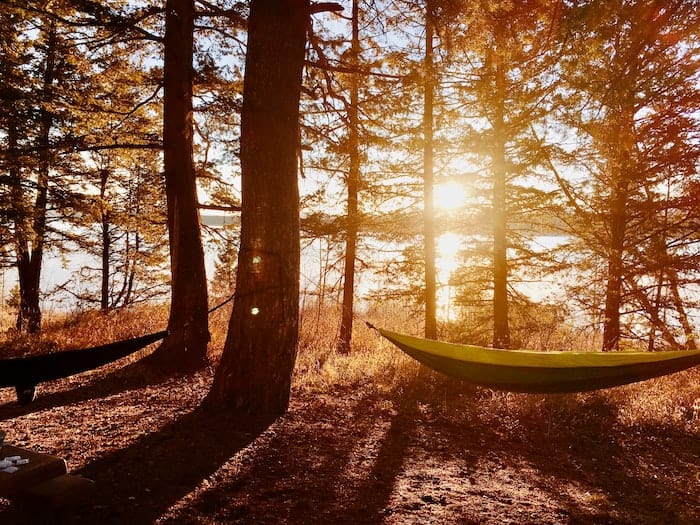
The History of Hammocks in National Parks
Hammocks have been around for centuries, and their popularity has only grown in recent years. Many people enjoy hammocking because it allows them to relax and enjoy the outdoors without having to worry about sleeping on the ground.
Hammocks were first brought to national parks in the early 1900s by visitors from other countries. At first, they were not allowed to be used overnight, but eventually, the National Park Service changed its policy and began permitting their use.
Today, hammocks are a popular choice for visitors to national parks. They are a great way to enjoy the scenery and get some fresh air. If you are planning on bringing a hammock on your next trip to a national park, be sure to check with the park ranger station beforehand to make sure that they are allowed.
Fun Outdoor Quiz
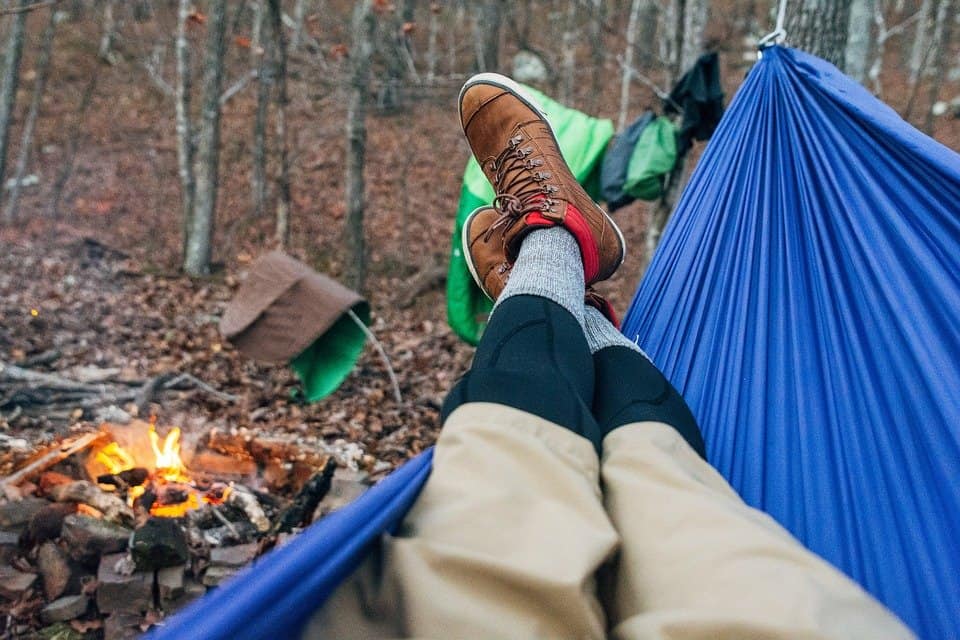
How Hammocks Impact National Parks
Hammocks have been a popular item in national parks for many years now. They are easy to set up, lightweight, and comfortable, making them the perfect way to relax and enjoy the outdoors. However, there are some impacts that hammocks can have on national parks.
One impact is that they can damage trees. When hammocks are not used properly, they can rub against the bark of trees and damage their protective layers. This can make trees more susceptible to disease and pests, and can also lead to early death. In addition, damaged trees can pose a safety hazard to visitors if they were to fall over.
Another impact of hammocks is that they can disturb wildlife. If animals see or smell humans in their habitat, it can cause them stress and even cause them to leave the area altogether.
The Benefits of Hammocking in National Parks
Hammocks are a great way to enjoy the outdoors and take in the scenery, but did you know that they can also be beneficial to your health? Here are some of the benefits of hammocking in national parks:
- Hammocking can help improve your posture. When you’re lying in a hammock, your spine is naturally aligned and supported, which can help alleviate back pain and improve your overall posture.
- Hammocking can boost your mood. Being outside in nature has been shown to reduce stress and anxiety, and increase happiness and relaxation. What better place to enjoy these benefits than in a beautiful national park?
- Hammocking can give you a better night’s sleep. Sleeping in a hammock allows your body to swing slightly, which promotes circulation and can help you fall asleep faster and sleep more deeply.
The Rules and Regulations Regarding Hammocks in National Parks
There are a few rules and regulations you should be aware of before packing up your hammock and heading to the great outdoors.
First and foremost, make sure to hang your hammock only from trees that can support your weight. This means avoiding dead or dying trees, as well as young saplings. You should also look out for low-hanging branches that could get in the way when you’re getting in or out of your hammock.
Next, be mindful of where you set up your hammock. Avoid sensitive areas like meadows or wetlands, and stick to areas that are already impacted by human activity, like campsites or picnic areas. If you’re unsure whether an area is off-limits, always err on the side of caution and ask a park ranger.
Conclusion
In conclusion, hammocks are a great way to relax and enjoy nature. However, it is important to be mindful of where you set up your hammock. Be sure to check with the local regulations before setting up in a national park. With a little planning, you can enjoy your hammock in any National Park.


